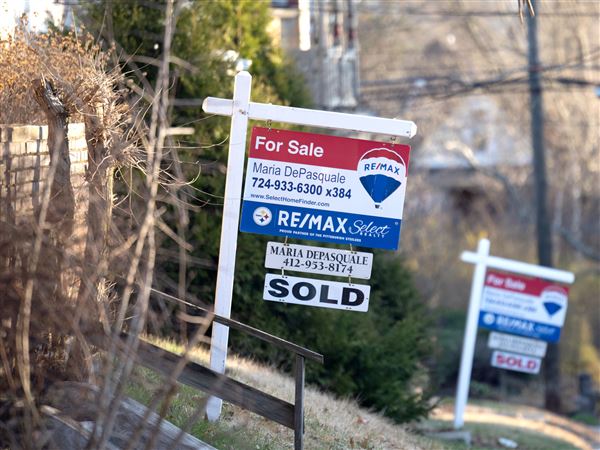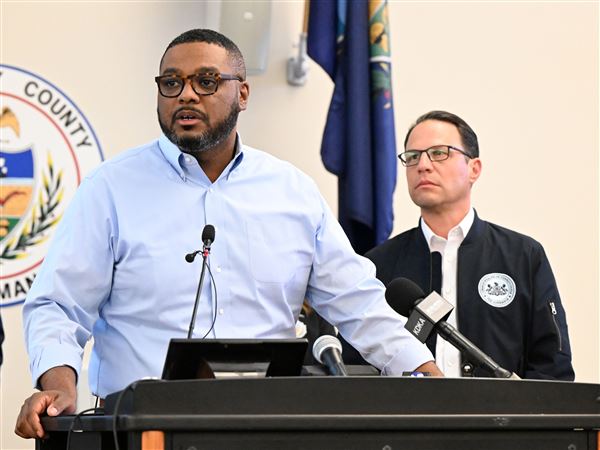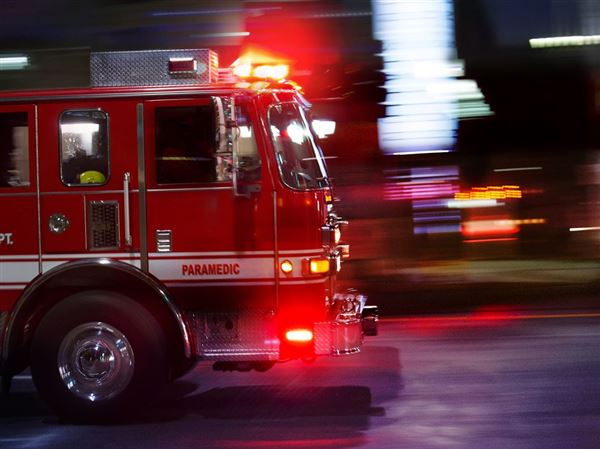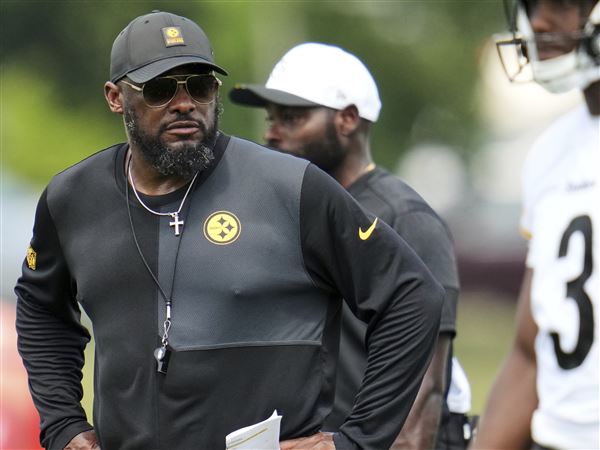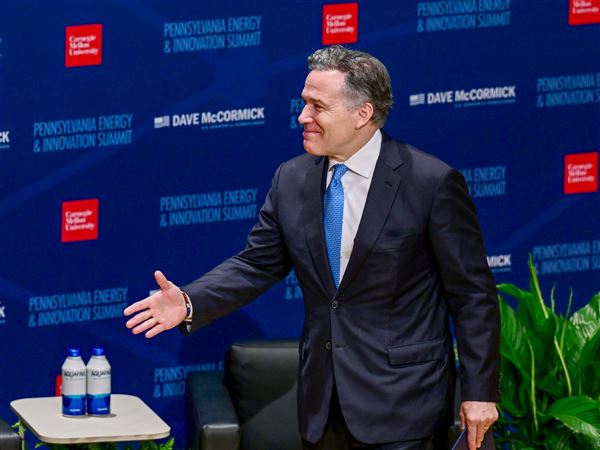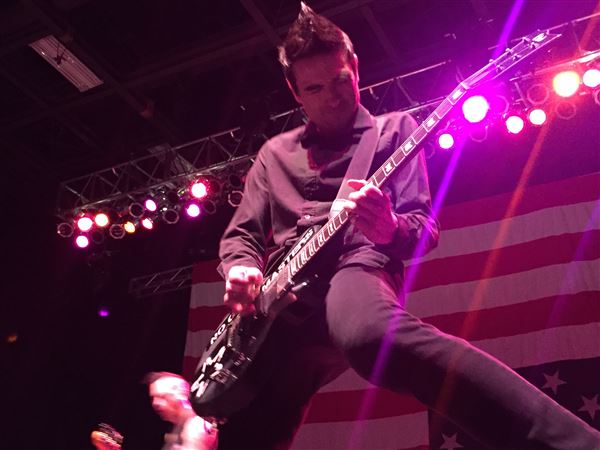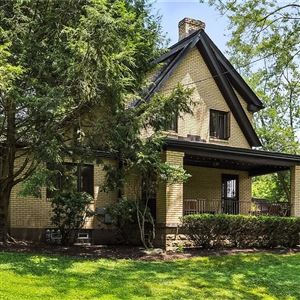Temperatures are rising in a dispute between faculty members and management of the Pennsylvania State System of Higher Education, the network of 14 state-owned universities. Last week faculty members protested outside the board meeting of the State System in Harrisburg, and their union has called for a strike to begin Oct. 19 if no agreement is reached by then.
Faculty members, who have been working without a contract for over a year, have yet to come to an agreement with management over workloads, salary and health benefits. If a strike occurs, 5,500 professors and coaches will stop working at universities across the state, including California, Clarion, Edinboro, Indiana and Slippery Rock.
Although protests and plans to strike grab attention, there are deeper issues at stake here. As reported by the Post-Gazette’s Bill Schackner, enrollments at the State System campuses have declined for six consecutive years. Overall, the combined student body has declined 12.1 percent since 2010, a drop of 14,440 students. To put that number in perspective, it’s larger than the full enrollment of Indiana University of Pennsylvania, the system’s second-largest school.
Declines in enrollment in our region include a 29 percent loss over six years at Clarion, a similar 29 percent loss at Edinboro and a nearly 20 percent loss at California.
It’s doubtful that these losses are caused solely by the fact of fewer high school graduates during recent years, a demographic shift that all institutions of higher learning are confronting. For a variety of reasons, students are turning elsewhere.
Pennsylvania ranks among the top states in the nation for the number of colleges and universities within its borders. In addition to the State System, we have the four state-related universities: Penn State and its 18 branch campuses, University of Pittsburgh (with four branch campuses), Temple and Lincoln. There are 16 community colleges and a vast array of private institutions. Is it possible that we have an oversupply of higher education offerings?
The chancellor of the State System has wisely initiated a thorough review of the system’s operations. On Thursday, while faculty members were protesting outside, the system’s board voted to request a $61 million increase in state funding to bolster operations — a rise of 14 percent.
But funds alone will not solve the system’s problems. This situation begs for some creative out-of-the-box thinking — like the thinking taught by the best college professors.
First Published: October 9, 2016, 4:00 a.m.
